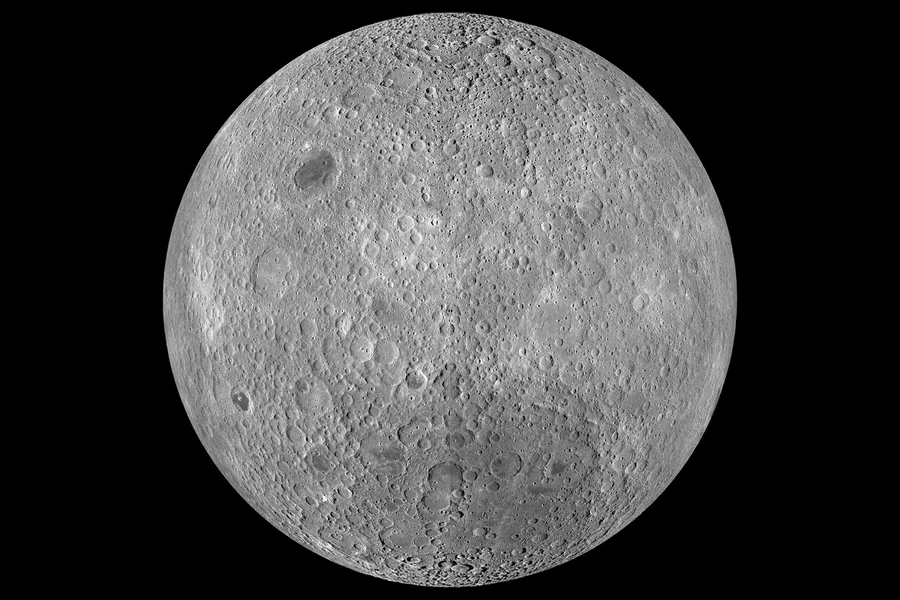
Lunar Magnetism Mystery Solved? Asteroid Impacts May Hold the Key
For decades, scientists have been baffled by a lunar enigma: why do some rocks on the Moon exhibit strong magnetism despite the Moon lacking a global magnetic field today? A new study from MIT may finally offer an answer, linking the phenomenon to ancient asteroid impacts and a brief, intense surge of magnetism.
The mystery began with the discovery of highly magnetized rocks, particularly on the far side of the Moon. This raised the question: how could these rocks possess such strong magnetic signatures without a global magnetic field? The prevailing theory focused on a potential ancient "dynamo" – a molten, churning core generating a magnetic field, similar to Earth's. However, the Moon's core is relatively small, suggesting a dynamo would have been weak, insufficient to explain the observed magnetism.

This new research, published in Science Advances, proposes that a colossal asteroid impact, such as the one that formed the Imbrium basin, could have triggered a temporary magnetism boost. The impact would have vaporized surface material, creating a cloud of plasma – superheated, electrically charged particles – that enveloped the Moon.
According to simulations, this plasma cloud would have streamed around the Moon and concentrated on the far side, briefly intensifying the Moon's weak magnetic field. Rocks in that region could have captured this short-lived magnetic surge, preserving it as a detectable imprint. Isaac Narrett, a graduate student at MIT and lead author of the study, explains that this process can explain "the majority of the strong magnetic fields that are measured by orbiting spacecraft, especially on the far side of the moon."
The study also suggests that seismic shockwaves from the impact would have swept through the Moon, converging on the far side. These waves would have disturbed the electrons in nearby rocks just as the magnetic field peaked, effectively locking in the field's orientation.
Benjamin Weiss, a professor of Earth and planetary sciences at MIT and co-author of the study, uses a compelling analogy: "It's as if you throw a 52-card deck in the air, in a magnetic field, and each card has a compass needle. When the cards settle back to the ground, they do so in a new orientation – that's essentially the magnetization process."
This theory also suggests that the moon once had a dynamo-generated magnetic field of its own, perhaps about one microtesla in strength, before the impact. By connecting the idea of a magnetic field with the sudden impact, the plasma created interacted and briefly boosted the weak magnetic field the Moon had on its own. With the plasma and the impact the surge lasted about 40 minutes.
Future missions, including NASA's Artemis program, planned to explore areas of the lunar south pole, where strongly magnetized rocks located on the far side exist. Collecting rock samples from this terrain is essential, which will provide an opportunity for scientists to examine the samples directly to determine whether traces of both shock and intense magnetism exist within these rock fragments. The evidence would support the MIT team's theory.
Rona Oran, co-author of the study, summarizes the findings: "For several decades, there's been sort of a conundrum over the moon's magnetism – is it from impacts or is it from a dynamo? And here we're saying, it's a little bit of both. And it's a testable hypothesis, which is nice."
This research offers a compelling explanation for the Moon's magnetic anomalies, suggesting that asteroid impacts, in combination with a weak ancient magnetic field, played a crucial role in shaping the lunar landscape. What other lunar mysteries might be unlocked with further exploration and analysis? Share your thoughts in the comments below!